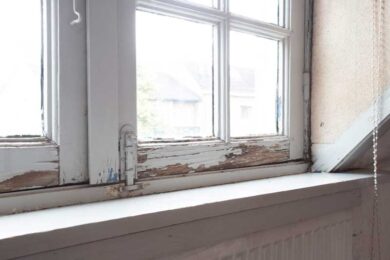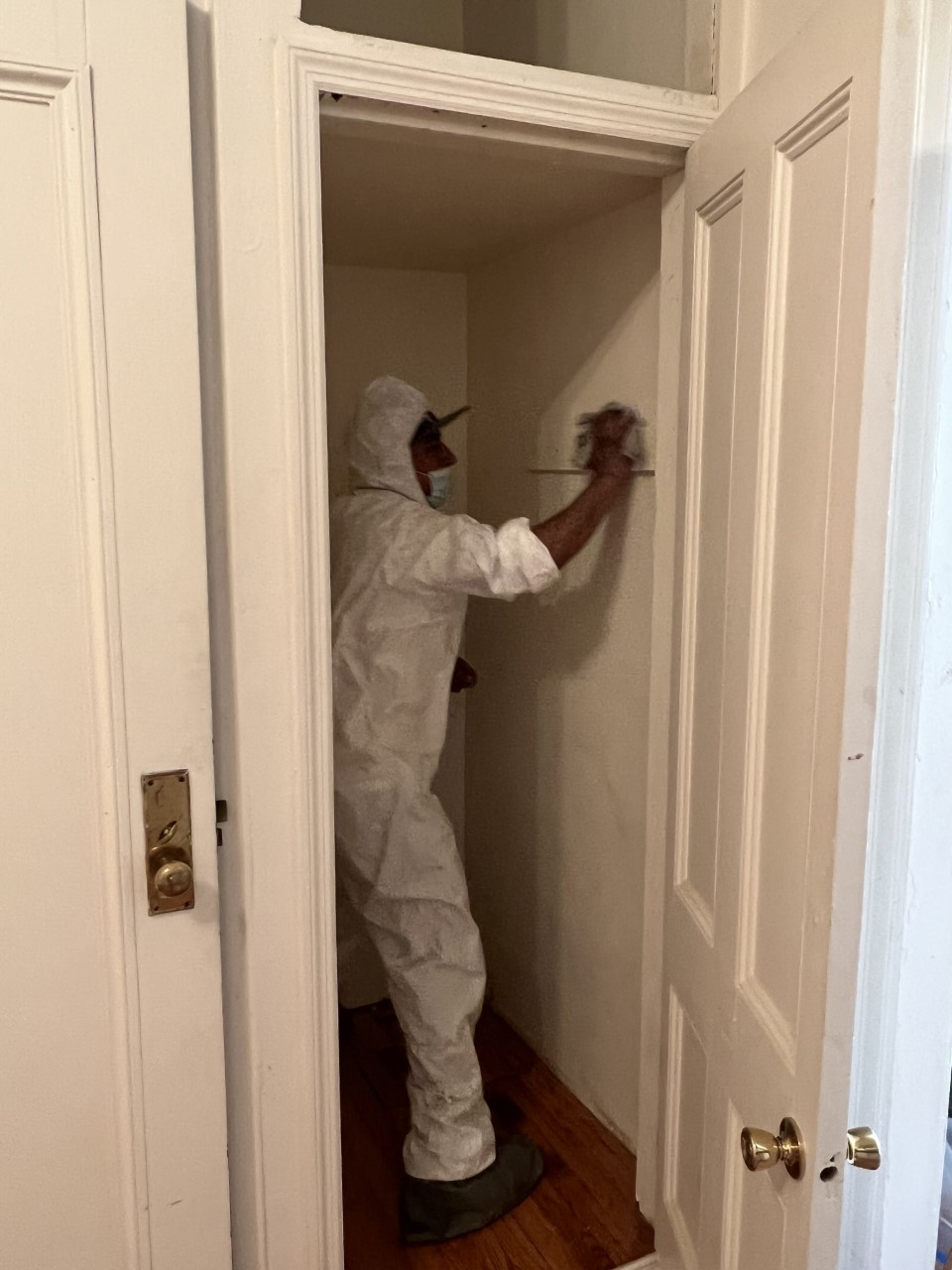Comprehensive Overview on Effective Lead Offense Elimination Strategies
In the realm of ecological security, addressing lead offenses requires a precise and structured approach. This comprehensive guide starts by highlighting the critical first actions of recognizing lead hazards via advanced analysis and screening techniques. The guide clarifies on the significance of adhering to stringent safety and security protocols during the elimination process, including the usage of correct PPE and separating impacted areas.
Recognizing Lead Hazards
Recognizing lead hazards is an important initial step in reducing the threats linked with lead exposure. Lead, a toxic metal, can be existing in numerous environmental mediums, consisting of paint, soil, water, and dirt. It positions extreme wellness risks, especially to kids and pregnant women, leading to neurological damages and developing hold-ups. As a result, specific identification of prospective lead sources is vital for effective removal.
The initial stage in identifying lead dangers entails comprehending common lead resources within the developed atmosphere. Structures built before 1978 are particularly prone as a result of the common use lead-based paint throughout that duration. In addition, soil contamination can take place from wearing away exterior paint, industrial emissions, or historic use leaded gasoline.
Another substantial resource is lead piping and pipes components, which can leach introduce alcohol consumption water. Consumer goods such as toys, porcelains, and imported items may also have hazardous lead levels. Especially, work settings and leisure activities entailing lead can track impurities into homes.
Assessment and Testing
When resolving lead risks, reliable analysis and screening are extremely important. This crucial step makes certain the identification and quantification of lead visibility, therefore leading subsequent removal initiatives. Preliminary analysis normally entails a visual examination to identify potential lead resources, such as weakening paint or polluted dust. This is matched by more rigorous testing approaches to establish the level of contamination.

Dust wipe tasting is an additional important method, especially in domestic setups. By accumulating samples from floorings, windowsills, and other surface areas, this approach gives understandings right into prospective exposure threats. Dirt testing around building perimeters is necessary to spot lead contamination that can pose threats, particularly to kids.
Safe Elimination Treatments
Upon finishing extensive assessment and screening, implementing secure elimination treatments is the following important stage in addressing lead threats. This procedure ensures that lead-contaminated products are efficiently and securely imp source eradicated, minimizing danger to both employees and homeowners. The primary step includes separating the damaged area using plastic sheeting and proper sealing techniques to stop the spread of lead dirt.
Workers need to don ideal personal safety devices (PPE), including respirators, handwear covers, and non reusable coveralls, to alleviate exposure. Utilizing specialized devices and damp techniques, such as damp sanding or making use of HEPA-filtered vacuums, lowers the diffusion of lead bits. It is important to prevent completely dry fining sand or unpleasant blasting, as these approaches can create unsafe lead dust.
Garbage disposal is one more vital element; all polluted materials need why not try this out to be safely bagged and identified according to EPA and local guidelines. Additionally, detailed cleansing of the workplace with HEPA vacuum cleaners and damp wiping makes sure the elimination of recurring lead particles.
Post-Removal Confirmation

Verification of effective lead elimination, look what i found recognized as post-removal confirmation, is imperative to guarantee the safety and habitability of the remediated area. This evaluation makes certain that all well-known resources of lead have actually been addressed and that no noticeable indications of contamination remain.
Adhering to the visual inspection, ecological sampling is conducted. This entails accumulating dirt, soil, and often water samples from the remediated location. Accredited research laboratories examine these examples to gauge lead levels, guaranteeing they drop listed below the safety and security thresholds developed by governing bodies such as the Environmental Defense Company (EPA)
Furthermore, air quality testing may be performed to detect air-borne lead particles, particularly in situations where considerable lead-based paint elimination or restoration has occurred. The outcomes of these tests supply measurable information verifying that the lead levels are within permitted limitations.
Ultimately, post-removal verification functions as an essential checkpoint, verifying the effectiveness of the lead reduction efforts and guarding the health and wellness of passengers and site visitors.
Preventative Measures and Maintenance

A vital precautionary step consists of making use of lead-safe certified contractors for any renovation, repair service, or paint activities. These professionals are learnt methods that minimize lead dust and debris. In addition, preserving colored surfaces to avoid breaking or peeling is vital, as weakening paint can launch lead bits into the atmosphere.
Educational initiatives targeting property owners and lessees pertaining to the dangers of lead and the importance of reporting any kind of prospective hazards can even more enhance precautionary initiatives. Routine cleaning utilizing HEPA vacuum cleaners and wet wiping methods can substantially minimize lead dirt build-up.
Final Thought
In summary, efficient lead violation elimination requires a precise approach incorporating detailed assessment, precise testing, and strict removal treatments. Continuous inspections and maintenance are crucial to alleviate future lead risks, thus securing public wellness and ensuring sustained compliance with regulatory needs.
Comments on “Professional Lead Violation Removal in NYC-- Protect Versus Health And Wellness Hazards”